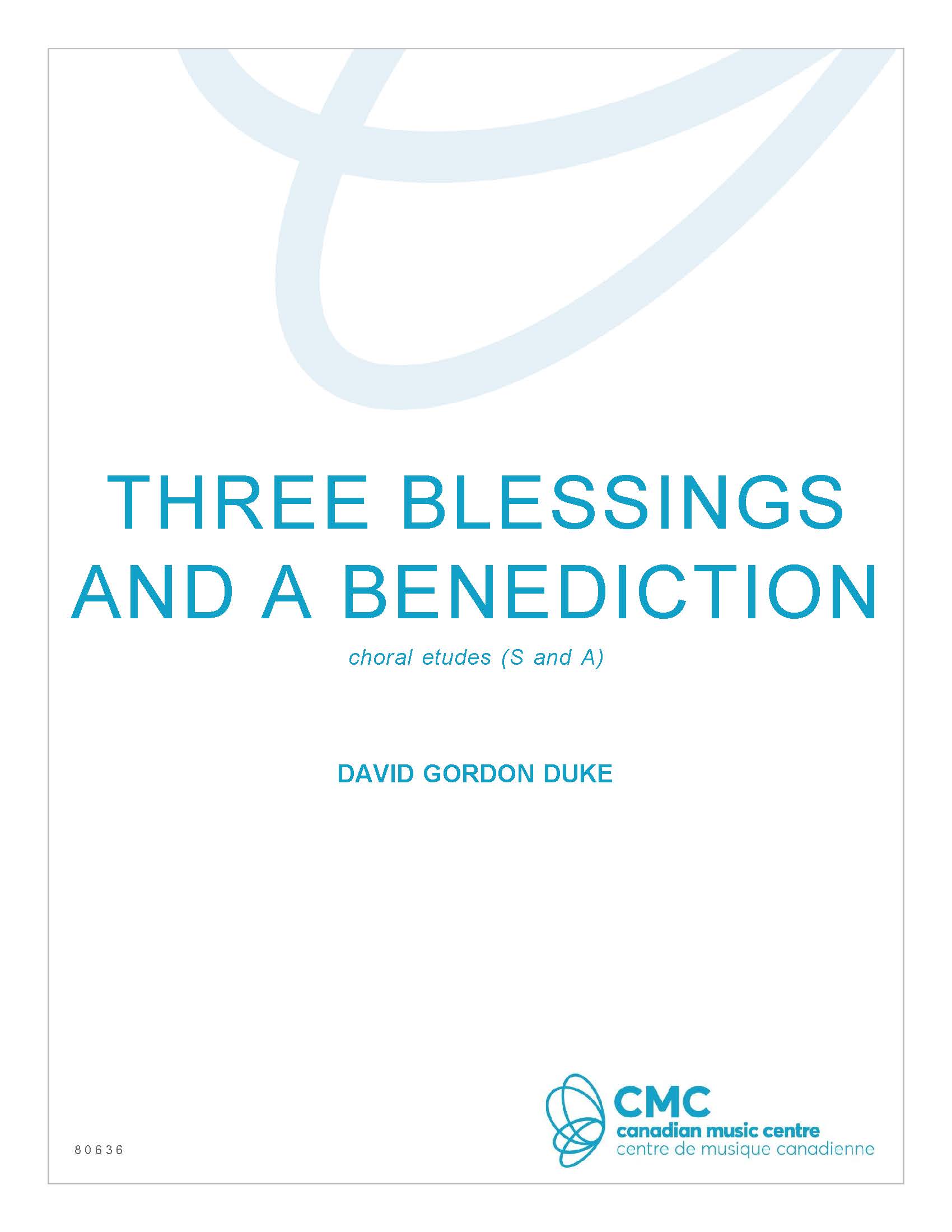At the invitation of my Vancouver Community College colleague Gerald van Wyck, I found myself the unofficial composer-in-residence for the BC Boys Choir, and wrote a number of works for the touring group. Three Blessings and a Benediction was very much designed for the acoustics of large European churches, and intended as well to showcase a small subset of the group, the treble voices, spatially separated when at all possible.
My brief was to write nothing too long, and something in « a liturgical language » that would respect the traditions of the various churches and cathedrals used as venues. What to set? The idea came in a flash: a trio of Hebrew brukhe (blessings) plus the hinneh mah tov (« behold how good it is for brothers to dwell in unity ») as a coda. (The texts in the score are modern transliterations of the ancient words).
How would a multicultural choir from Canada, singing some rather austere music in Hebrew, go over? Audiences in The Netherlands were intrigued, even enthusiastic at the premiere in the Grote Kerk, Naarden. (Admittedly, since the performances were during the fiftieth anniversary of the Liberation, audiences were touchingly cognisant of Canada’s assistance at that terrible time, and inclined to be exceedingly kind). But the reception in Germany and Austria proved just as friendly.
A performance in the great Benedictine abbey at Melk was especially memorable. My choral études were tucked into Sunday mass. It was especially moving to think of my music being sung in a space that Mozart knew.
The boys sang their hearts out, and when the final stroke of percussion resounded through the chapel’s Baroque splendor, I knew it was a moment always to be remembered. Seconds later, my concluding single triangle stroke was answered by the tolling of the great bell high above the chapel, announcing the Sanctus. It was electrifying and humbling to be a small part of the musical history of a great space.

